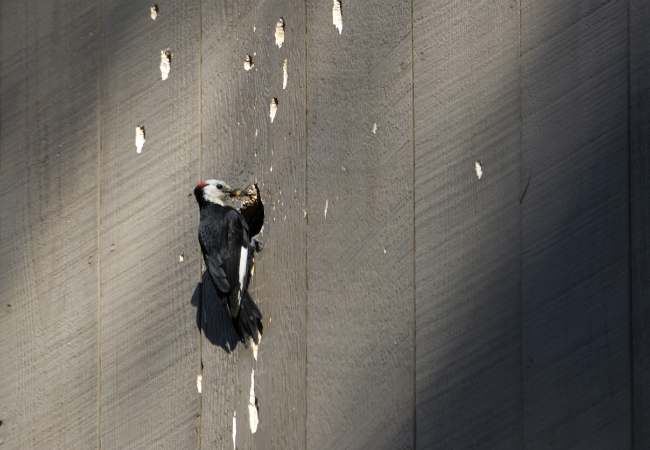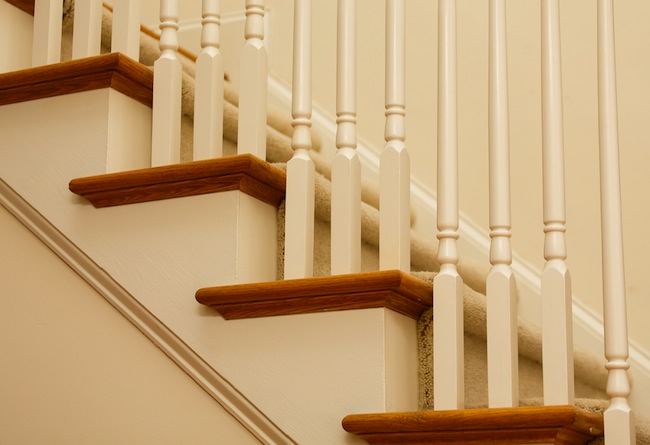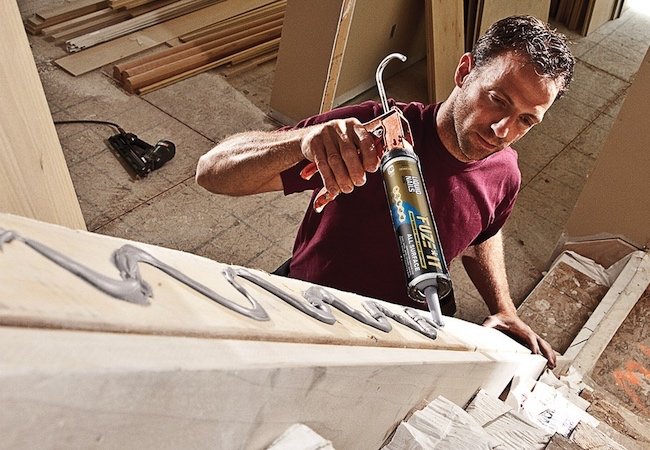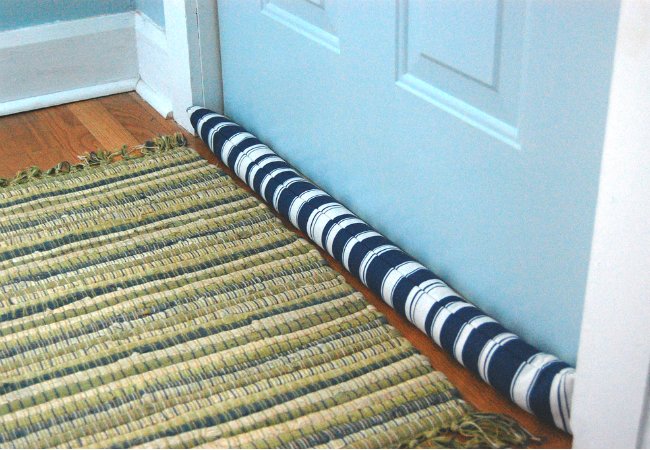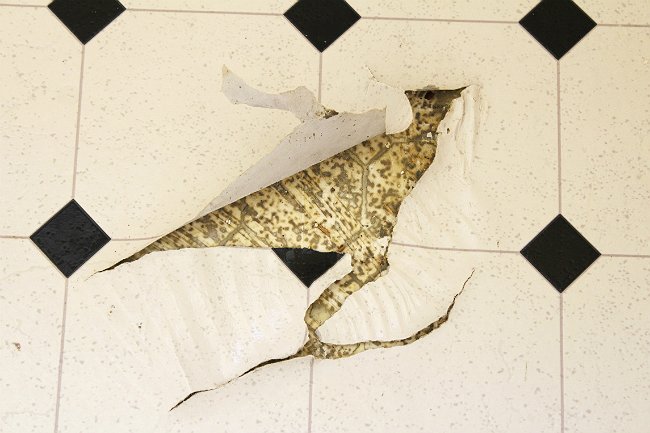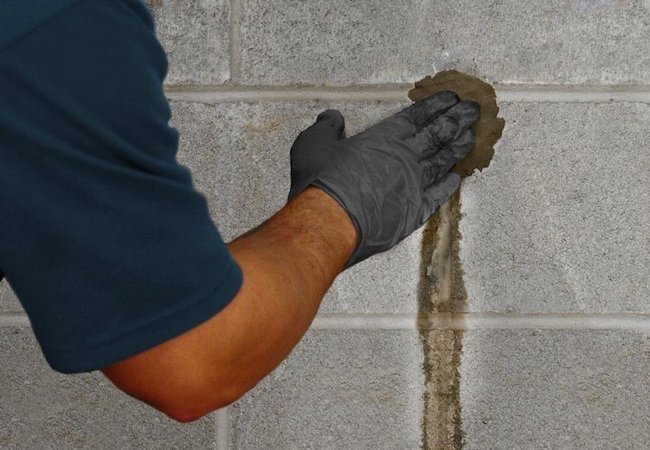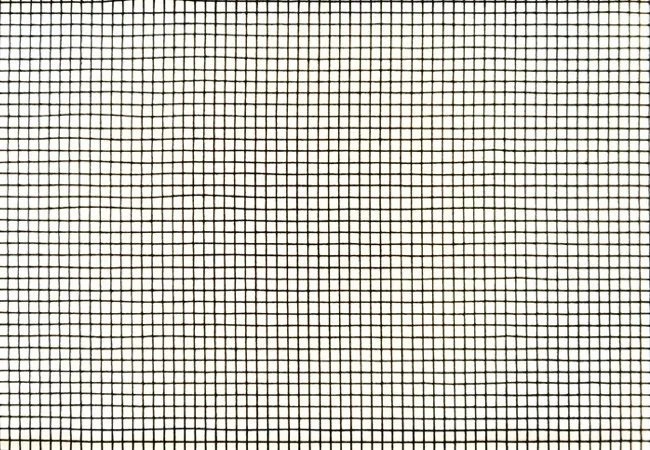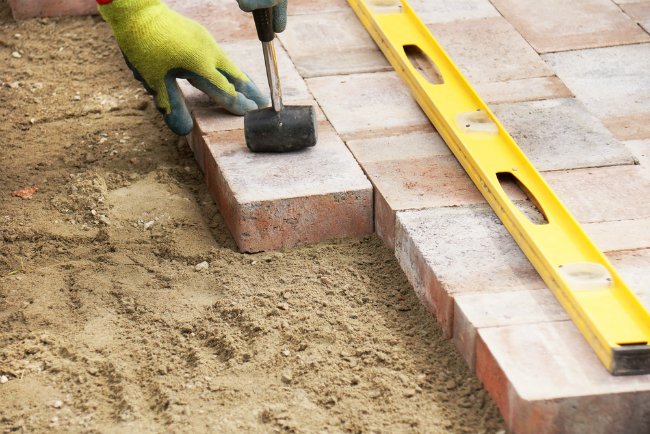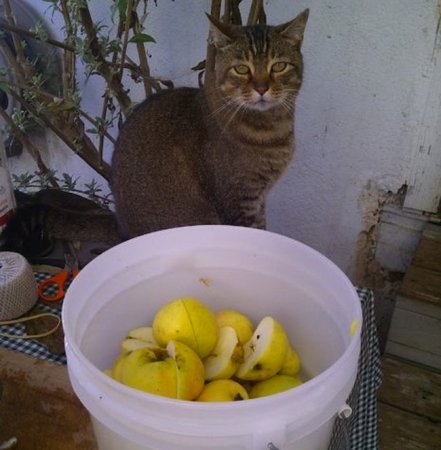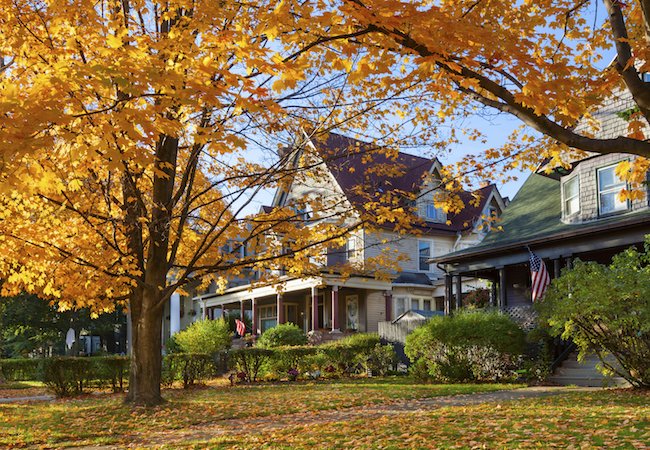We may earn revenue from the products available on this page and participate in affiliate programs. Learn More ›
Q: Woodpeckers recently swooped in on my property and did a number on my cedar tree, siding, and roof. How do I plug up the holes they’ve left behind, and is there a way to prevent them from returning and creating more?
A: If you plug up the holes left by woodpeckers on outdoor structures without first ridding your property of what is attracting them, the winged backyard pests are liable to return to peck at the same or nearby sites. Therefore, repair always should start with eradicating the insects that woodpeckers feed on. After you’ve followed strategies to first get rid of potential food sources, use the methods below to effectively repair woodpecker damage in trees, siding, and roof shingles as well as prevent future attacks.
Eliminate insect infestations.
Investigate and remove any of the following insects from outdoor structures to reduce the likelihood of woodpecker damage from birds drilling for food on your property.
- Carpenter ants commonly burrow into moist, decaying, or dead areas of trees or exterior siding and roofing on wooden houses to create nests. If you have a carpenter ant infestation, locate the entrance to the ant nest—typically a small hole or series of holes in trees or siding accompanied by nearby ant trails or sawdust piles. Fill the nest entrance with a dust insecticide containing carbaryl or pyrethroids to kill the nest along with the egg-laying queen. If you can’t locate the nest entrance, or if ants are seen on roof shingles or other areas where it is difficult to locate the nest entrance, set bait stations near the ant trail, which contain poison that ants will carry back to their nest.
- Carpenter bees bore small holes in moist or rotting wood that then turn at a 90-degree angle into lengthy corridors with chambers where they deposit eggs. If you have a carpenter bee infestation, you’re most likely to spot their one to two-inch-deep burrowing holes on the underside of siding, eaves, or soffits of a wooden house. Once you locate a hole, eliminate the infestation by hanging a carpenter bee trap directly over the hole or filling it (along with any accessible chambers of the burrowed corridor) with residual dust insecticide, preferably one with a curved applicator to easily reach the chambers.
- Termites can be spotted via discarded wings, termite droppings, hollow spots in the woodwork or foundation (which can be found out by tapping the area with a screwdriver), nests in dry wood, or subterranean mud tunnels. If you suspect a termite infestation, call in a certified pest professional to eliminate it through soil treatments like Termidor, bait and monitoring systems, or physical termite barriers.
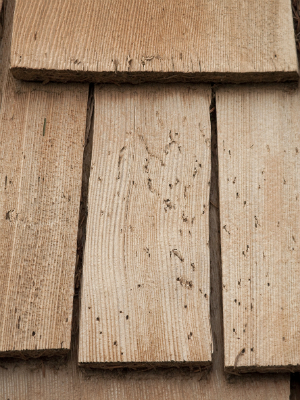
Repair the damage.
Plugging up holes left by woodpeckers in the following outdoor structures can prevent further woodpecker damage to your property.
- Trees with woodpecker damage primarily confined to areas of dead wood are often salvageable. Start by spraying a solution of one to two teaspoons of liquid dish soap and one cup of warm water into tree holes to flush out pathogens from the woodpecker’s beak, then rinse the holes out with water from a garden hose. You can dry small tree holes in open air, but larger holes should temporarily be nailed shut with a window screen or piece of hardware cloth to prevent additional woodpeckers from doing more damage to the area. Tape any dislodged living bark back to its original position on the tree with duct tape. Remove the tape and window screen or hardware cloth once the tree has healed completely.Note: More severe conditions like girdling, a ring of woodpecker damage around the full circumference of the trunk, may require the help of an arborist to prevent tree death.
- Siding holes can be filled with epoxy putty, a two-part adhesive of epoxy resin and hardening putty (view example on Amazon). On a warm day, mix the two materials with a putty knife, then spread the mix over holes in the siding until the opening is completely covered. Use the putty knife to scrape away the excess, then air-dry and sand the putty before painting the patched area to match the rest of your siding.
- Roof shingles with cracks or holes can be filled with wood putty (view example on Amazon), then painted to match the rest of the shingles as a stopgap measure to prevent further shingle damage. However, replacing the damaged shingles or even the roof itself (if the woodpecker damage is extensive enough) is generally more effective than patching up a structurally compromised shingle. New shingles are free from the visual traces of former pecking sites that make woodpeckers more likely to return.
Prevent future attacks.
A variety of woodpecker deterrents are available to keep woodpeckers away from outdoor structures after you have repaired them. For starters, protect trees by mounting bird-repellent tape to tree trunks or hanging old mirrors from limbs: Their shiny, reflective surface will scare off nearby woodpeckers. You can also opt to hang DIY wind chimes or plastic owls or hawks from tree limbs or siding or eaves of the home to frighten encroaching woodpeckers. Finally, if you have a dead tree in the yard, consider hanging a suet feeder (a wire cage with high-calorie bird food) from it to lure the birds to the dead wood and thus preserve living trees.
